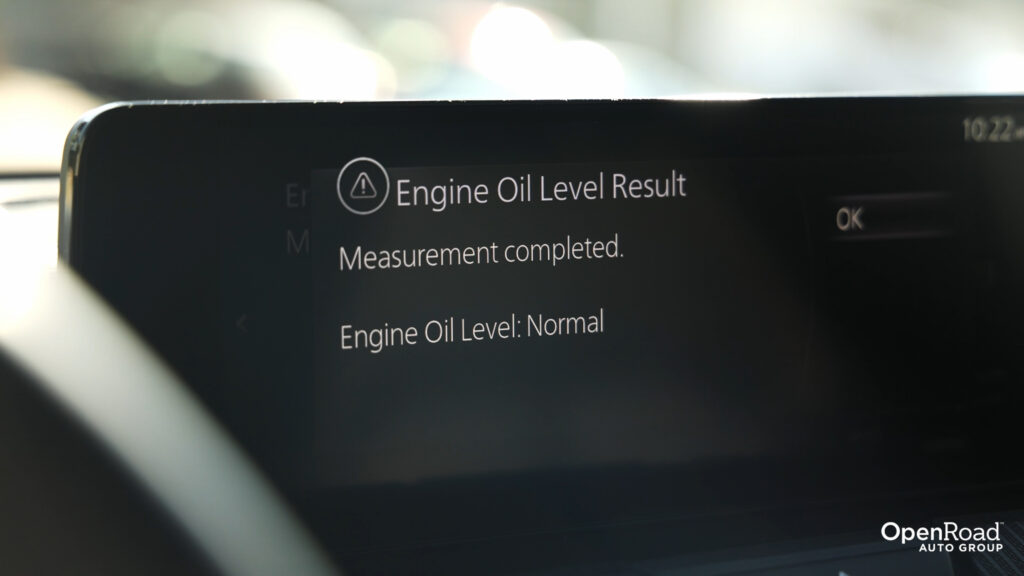How to Check Your Engine Oil
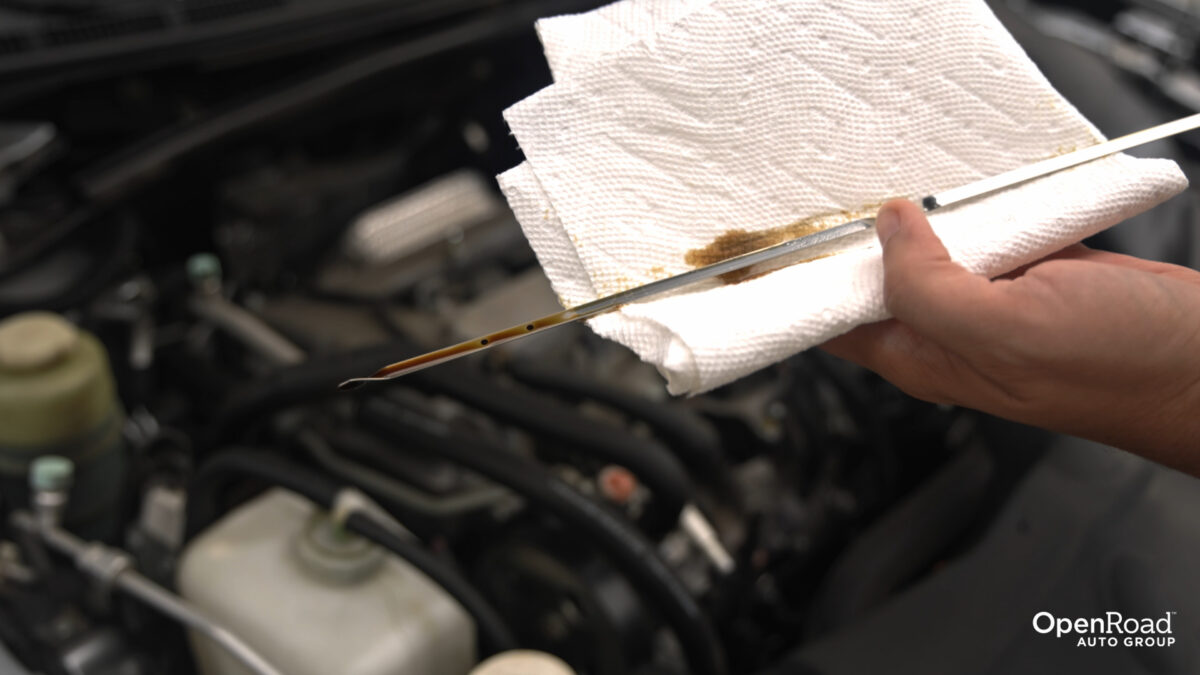
The oil in your vehicle’s engine plays a crucial role in maintaining proper operating conditions. Oil provides more than just lubrication for the moving parts inside the engine. It also provides cooling, removal of harmful contaminants, it helps prevent seals from becoming brittle, prevents corrosion, and can maintain engine performance.
Checking your vehicle’s engine oil is a quick and simple task. You should check the oil level once a week for a month. That way you have an idea as to how much oil your vehicle is losing in that set time and afterwards you can check it less frequently, perhaps only once a month.
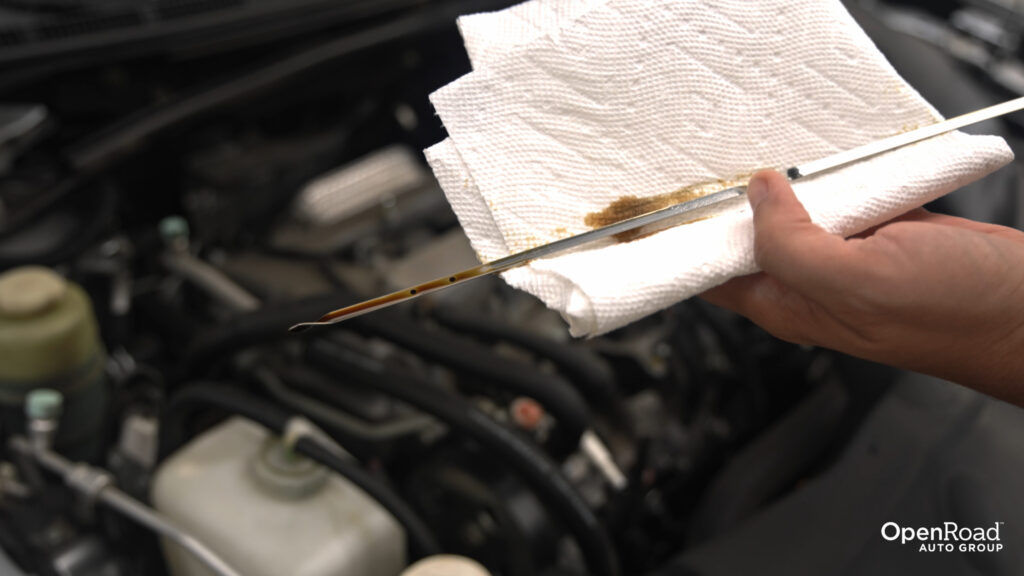
To check your vehicle’s oil level, all you need is a rag or a paper towel and a bottle of oil if you need to top it up. You can check your owner’s manual as to what kind of oil your vehicle requires.
First, park the car on a level road and turn the engine off. Make sure that it’s had some time to cool off a bit, usually 10 to 15 minutes. Next pop open your hood and locate the engine oil dipstick. Consult the car owner’s manual if you’re unsure but it’s usually a colored ring or tab.
Pull out the dipstick and have the rag or paper towel ready to catch any excess oil that may drip off it. Wipe the dipstick of oil and then put it back in all the way. Pull it out again but this time do not wipe it and look at the tip of the dipstick.
You should see and upper and lower line. If the oil level is at the upper line or between the two lines, the oil level is good. If the oil level is at or below the lower line, you need to add more oil. If there’s no oil at all on the dipstick, then the level is really low.
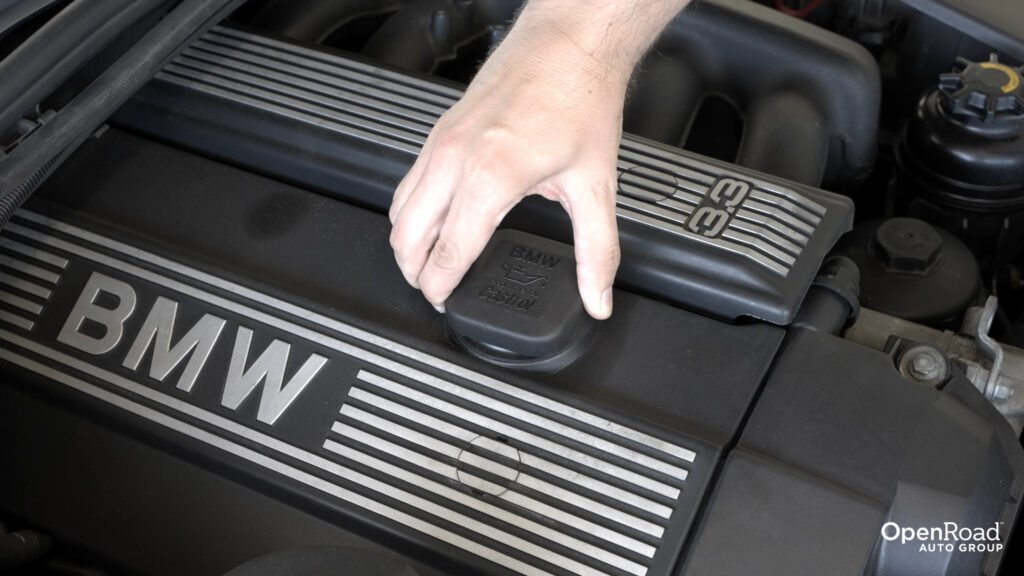
To add oil into the engine, twist the oil cap off and place a funnel in the hole to make it easier to pour in the oil. Pour a bit of oil at a time and wait a few moments before checking the dipstick again to let the oil drain down to the bottom of the oil pan. If the oil level on the dipstick is within the two marks or at the upper mark, you can put the oil cap back on, put the oil dipstick back in, and close the hood.
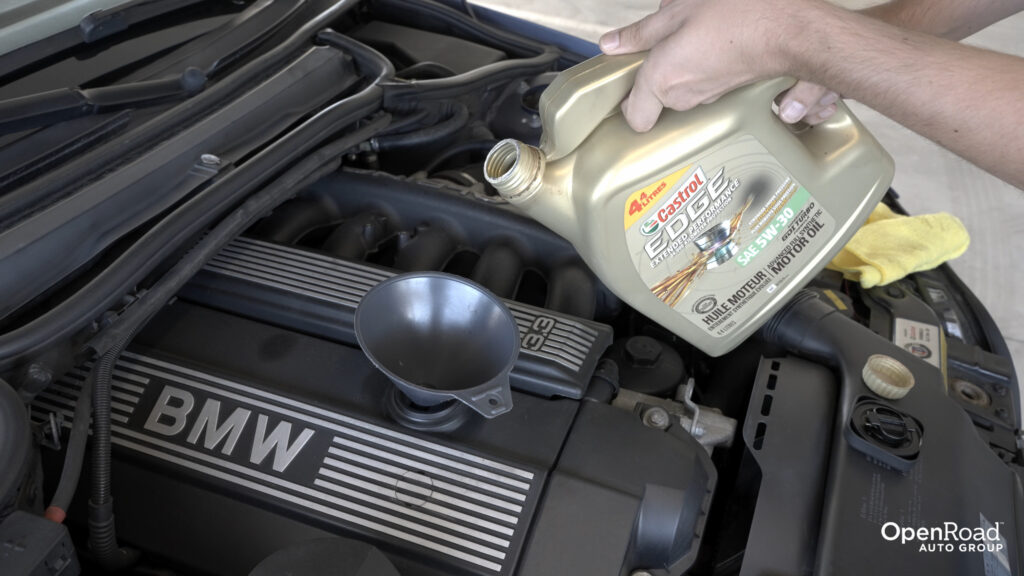
Additionally, while checking the oil level, take a note of the oil itself. If it’s pitch black or if you see shiny particles in it, that means it’s time for a full oil change. OpenRoad Service Advisors and Technicians are knowledgeable, friendly, and are certified to maintain and repair your vehicle to factory standards using genuine parts and equipment. Book a service appointment online.
There are some vehicles out there that do not have dipsticks. Checking the oil level in those types of vehicles is done through the infotainment system or driver instrumentation cluster. Each brand is different so you’ll have to consult your owner’s manual on how to check the engine oil if it’s done electronically.
